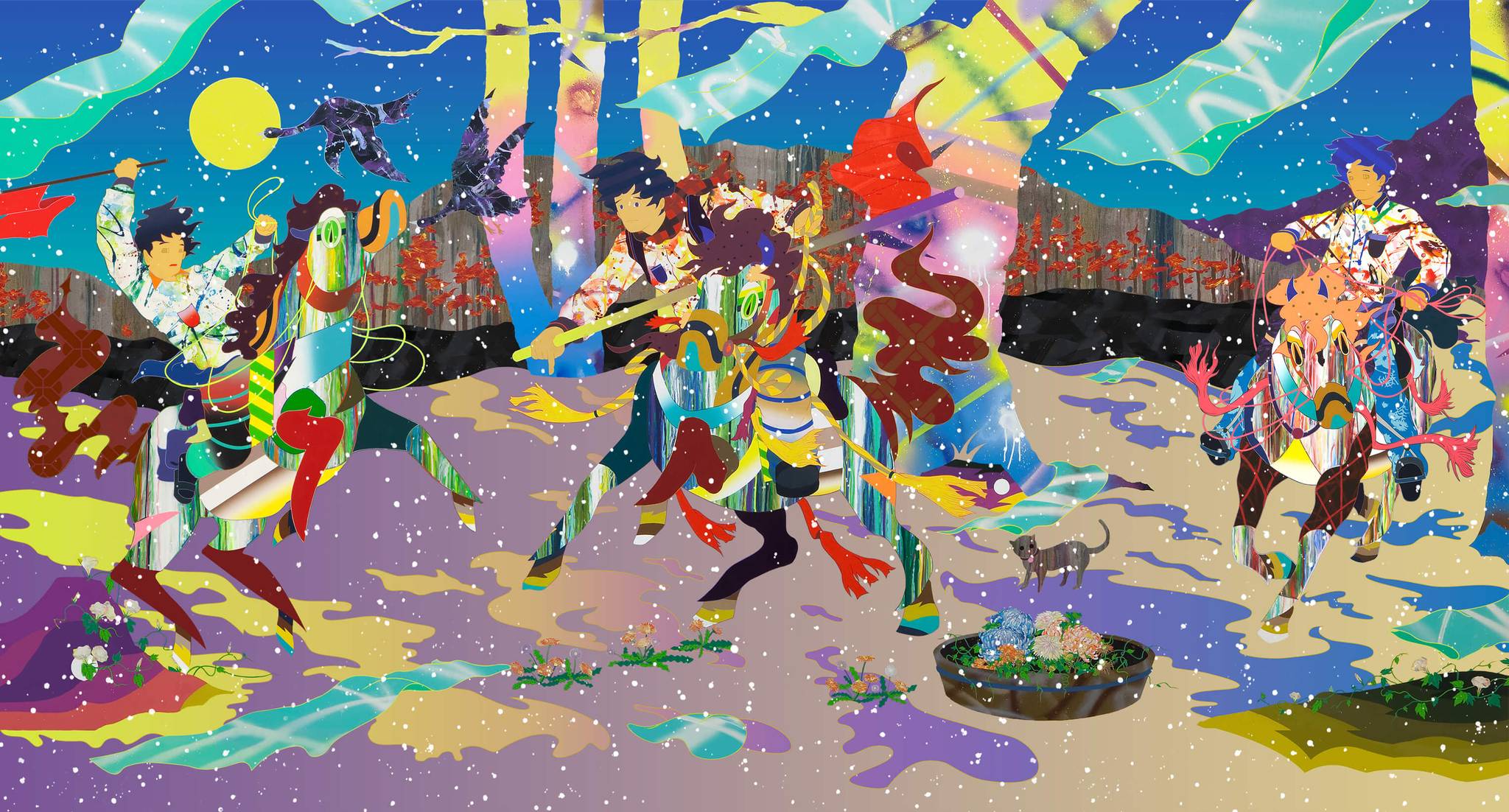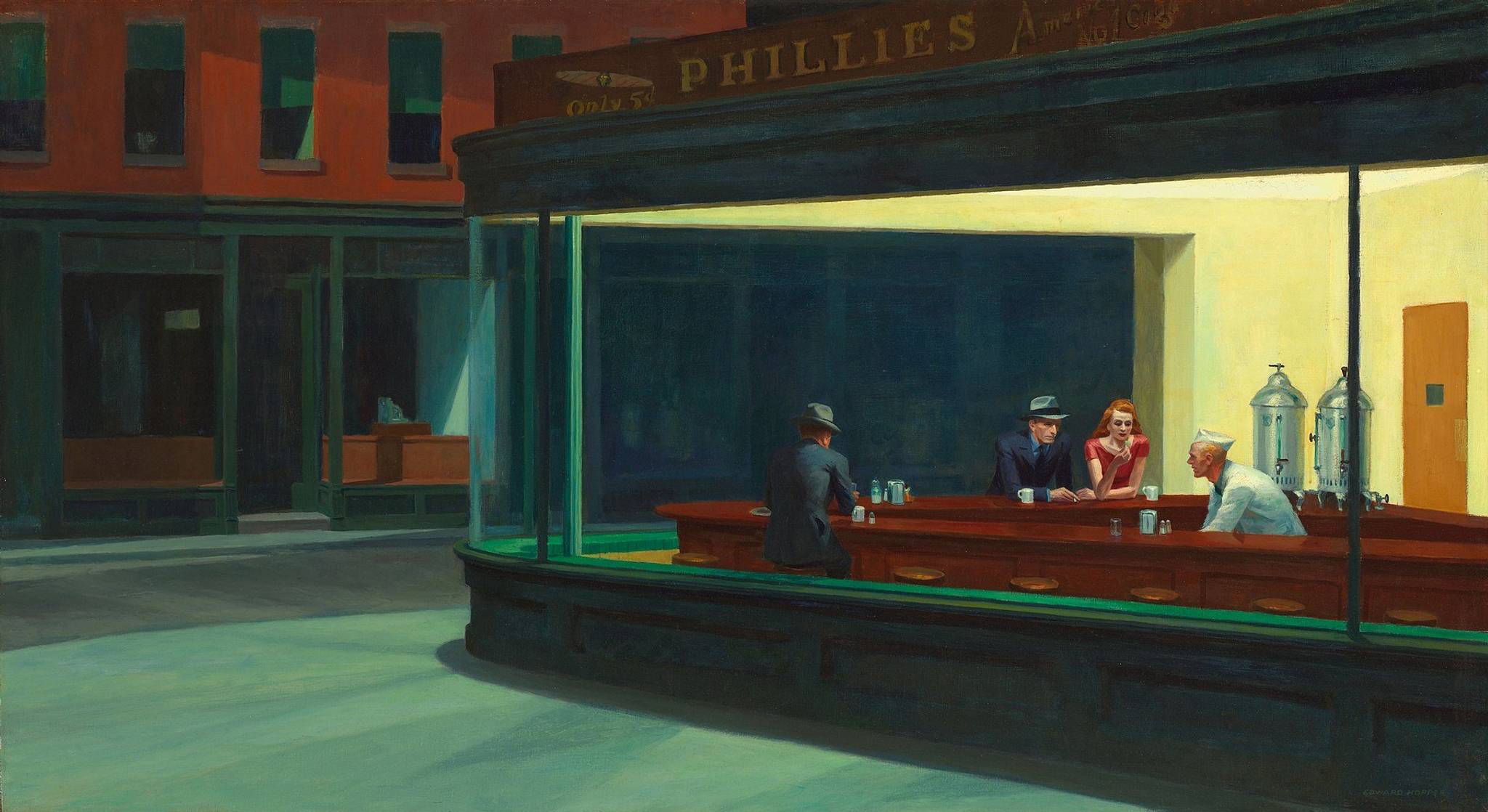
A trending art style is threatening the collaborative nature of TikTok’s art community. The cutesy anime-like aesthetic of Jelly Art is sparking debates about plagiarism, algorithmic bias, supporting problematic artists, and looming threats to human creativity in the digital age.
The online art community is known for being collaborative. Ideas like Govy’s Dream Tiger and red light drawing challenges inspire people of different skill levels to turn trends into showcases of their unique art styles.
But since the second half of 2023, a certain art style has taken the TikTok art community by storm: Jelly Art style.
Known for its hyper-soft anime-esque aesthetic that mostly resembles Asian girls, Jelly Art inspired 49.6 million TikTok posts as of June 2024. The art style was popularised in August 2023 by digital artist @puririkaaa.
Up until now, the style has spurred challenges that reimagine George Washington, Batman, and Resident Evil’s Leon Kennedy with large, sad eyes and glossy, plump lips. Face piercings and tanghulu sticks also add a certain touch that’s giving Asian Baby Girl.
However, in the deep recesses of the #ArtTok community, Jelly Art is dividing seasoned and aspiring digital artists.
The biggest discussion, perhaps, is about how Jelly Art drawings are over-replicated. Some netizens likened it to the pre-pandemic “Instagram style” and the 2010s’ CalArts style, the latter being an insult to drawings that resemble the simplistic technique found in animated shows like Gravity Falls, Steven Universe, and Chowder.
“They somehow made art, the most creative subject in the world, be as unimaginative and boring as possible,” says Redditor Vulcanicloud about the CalArts style in 2021.
When Jelly Art received the same treatment last year, X user @artbynips said, “I know we're not out here shaming people for innocently drawing how they want. Isn't one of the main purposes of art self-expression? Am I missing something? 😭”
According to digital artists like @alex_with_the_art, some people are missing the point of the issue, especially with how TikTok’s algorithm allegedly boosts trending styles like Jelly Art and, on rare occasions, realistic art.
Artist Neelam Tailor also claims that AI art has now taken over TikTok.
Despite 74% of artists finding this type of computer-generated art unethical due to concerns about copyright infringements, potential job threats, and biases embedded in content creation, AI art still runs rampant on social media.
The relationship between art trends and TikTok’s algorithm leaves more original artworks to float under the radar, despite artists using numerous hashtags to boost online visibility.
For example, @cloveart’s video of Duo the owl turned into an anime girl got 247.5K views on TikTok while the artist’s Jelly Art George Washington video got over 9M views—and both were posted in February 2024.
These heated discussions have a common focal point—the original artist who popularised the style, @puririkaaa. After posting a rendering tutorial, the 18-year-old artist called out a 13-year-old TikTok user for posting a video that “stole” her art style.
This urged TikTok artists to hit pause on doing the Jelly Art aesthetic, the same way Ghibli fans worry about the amount of CGI in The Boy and The Heron and how Potterheads now have a weird relationship with the Wizarding World after JK Rowling’s anti-trans views.
“People…hating a certain art style because the artist is problematic is so stupid,” says TikTok user @owtuv_ in January 2024.
But can audiences really separate art from the artist?
By March 2024, Jelly Art started regaining popularity, but this time as a satirical art challenge that makes fun of the style’s problematic history. Jelly Art’s new “art lore” status now inspired “cursed” content that UWU-fied Donald Trump, the Oi Oi Oi Red Larva, and even a sanitary pad.
On the flip side of this renaissance, TikToker @tonedeadbarf and other Jelly Art enjoyers asked “has the jelly art issue gone down yet?” while X user @inioli expressed hate for how people on #ArtTok like categorising styles.
#ArtTok may still be on edge about the meaning of owning an art style and whether tracing, replication, and art challenges are ethical or not.
But with TikTok poised to revolutionise how art is consumed in 2024, Jelly Art’s lore draws up a tension between originality and virality that keeps growing – especially in a world where 56% of people in the US express enjoyment of art generated by AI.



